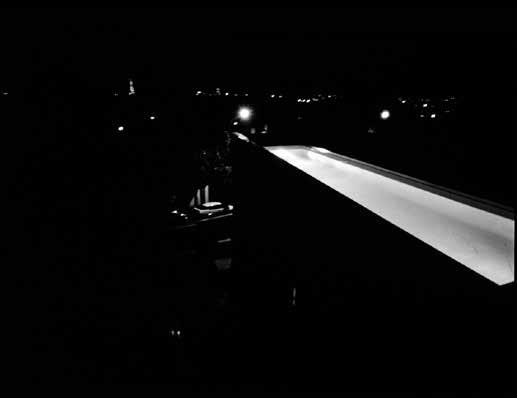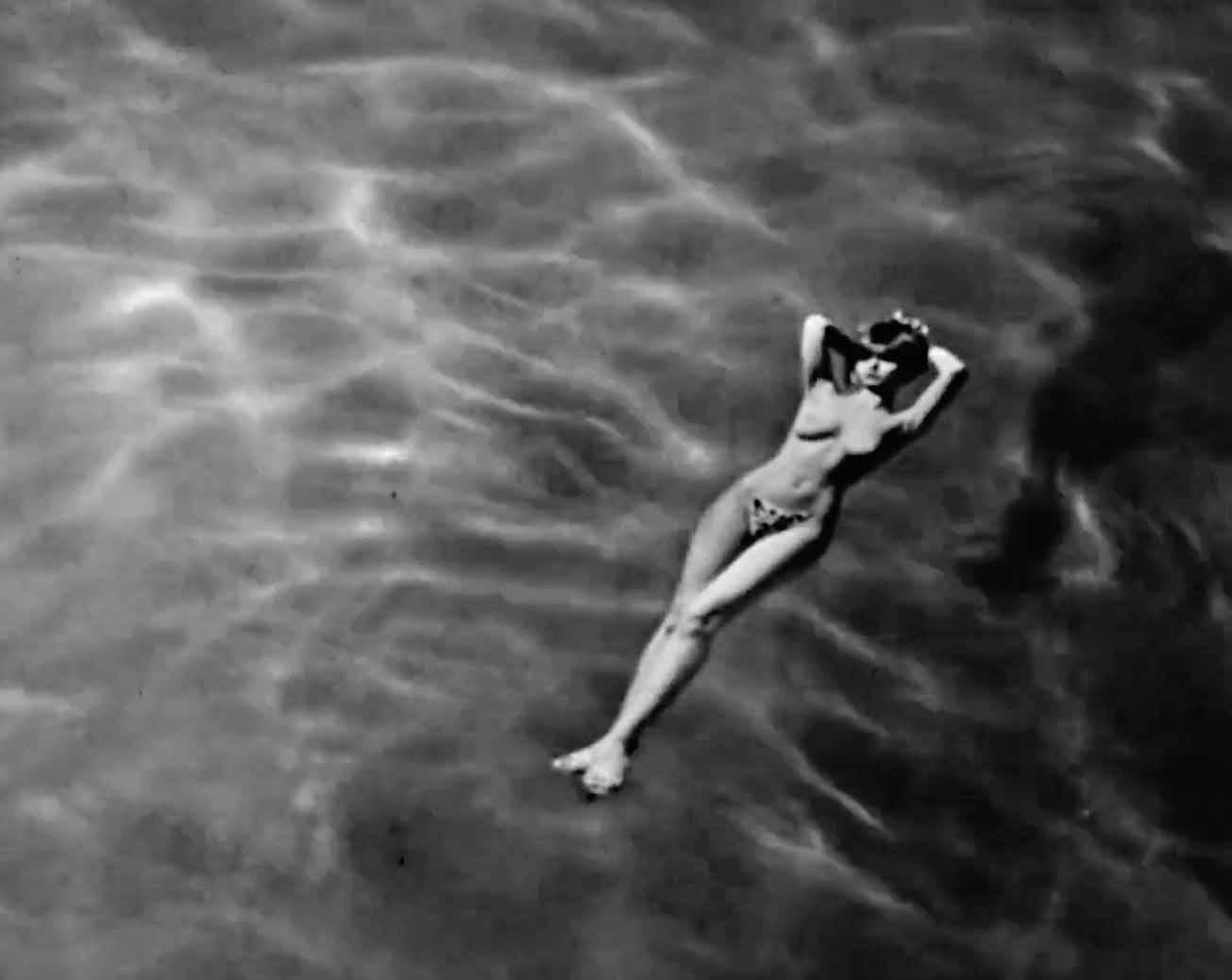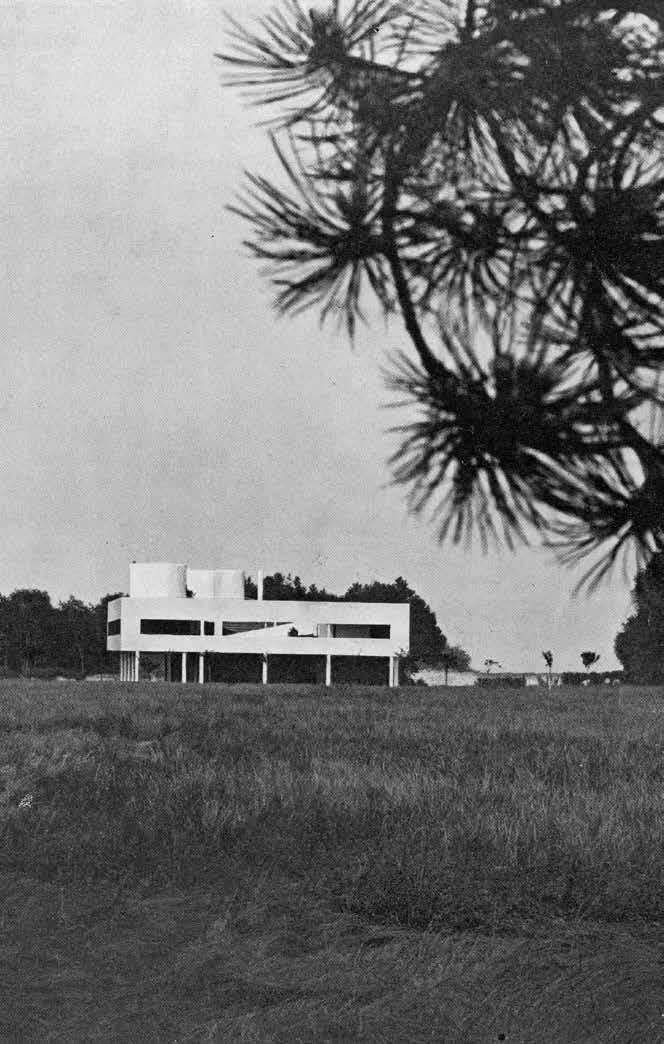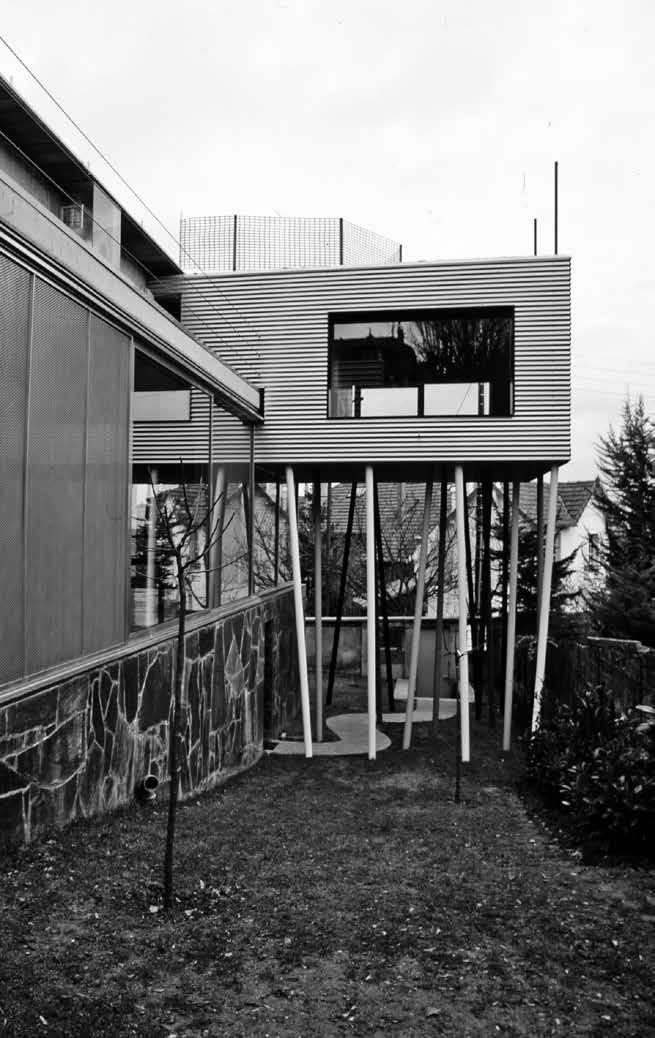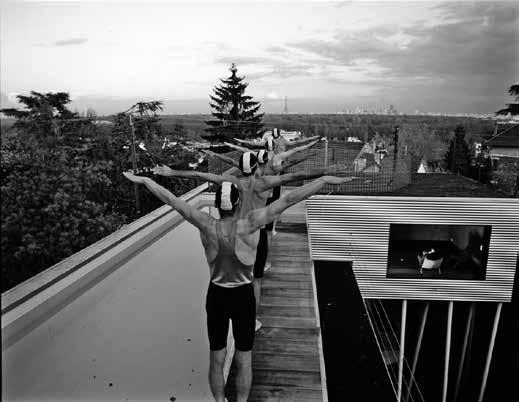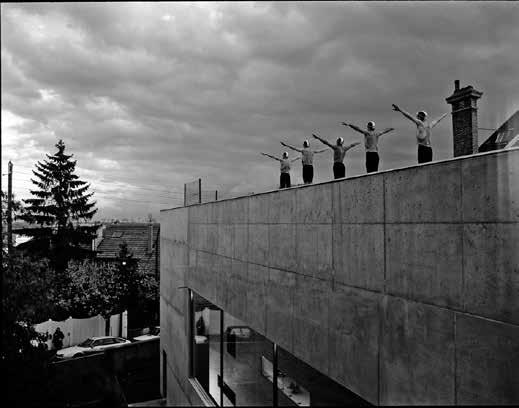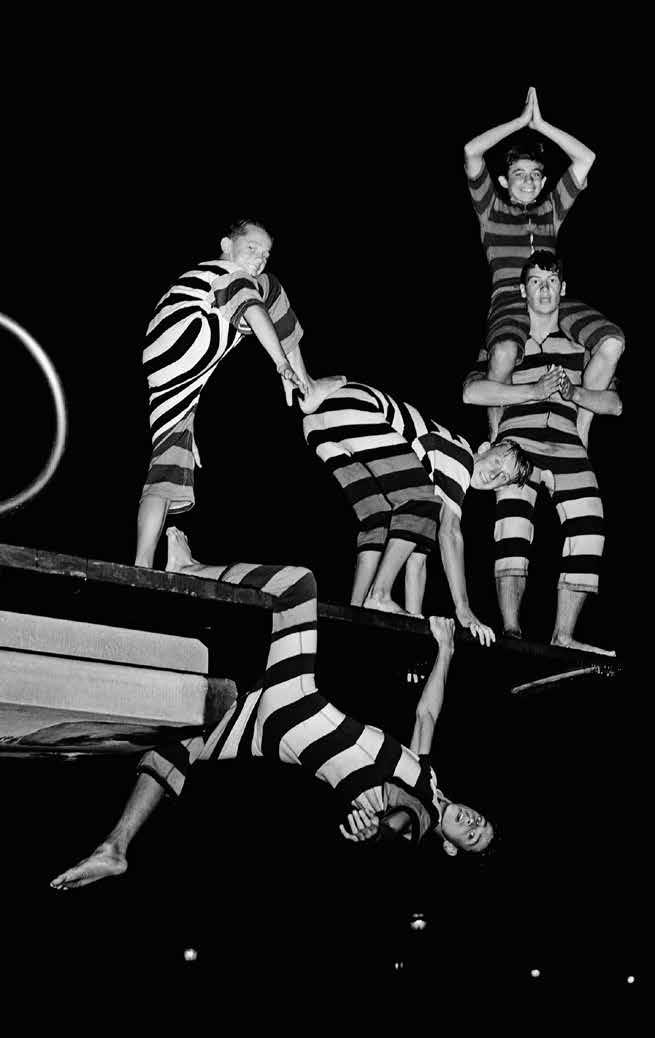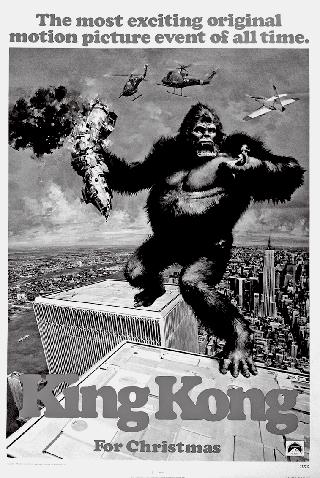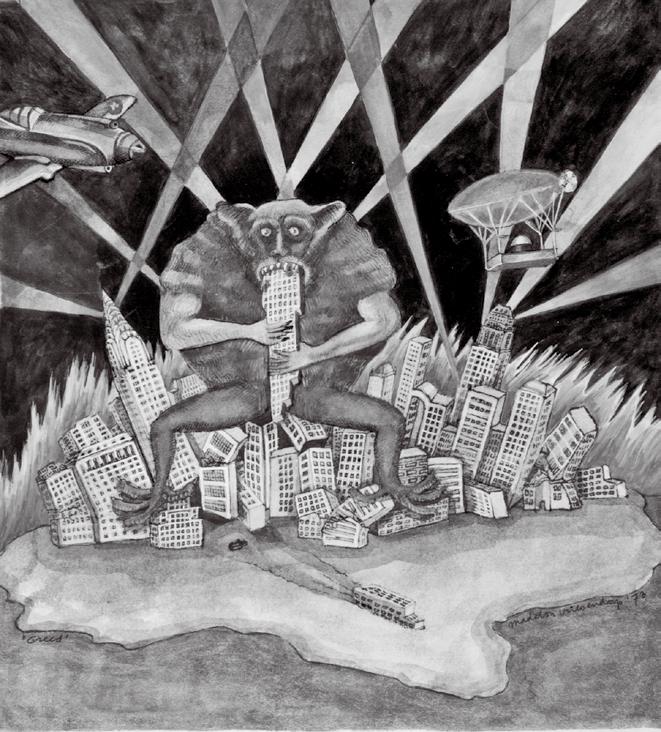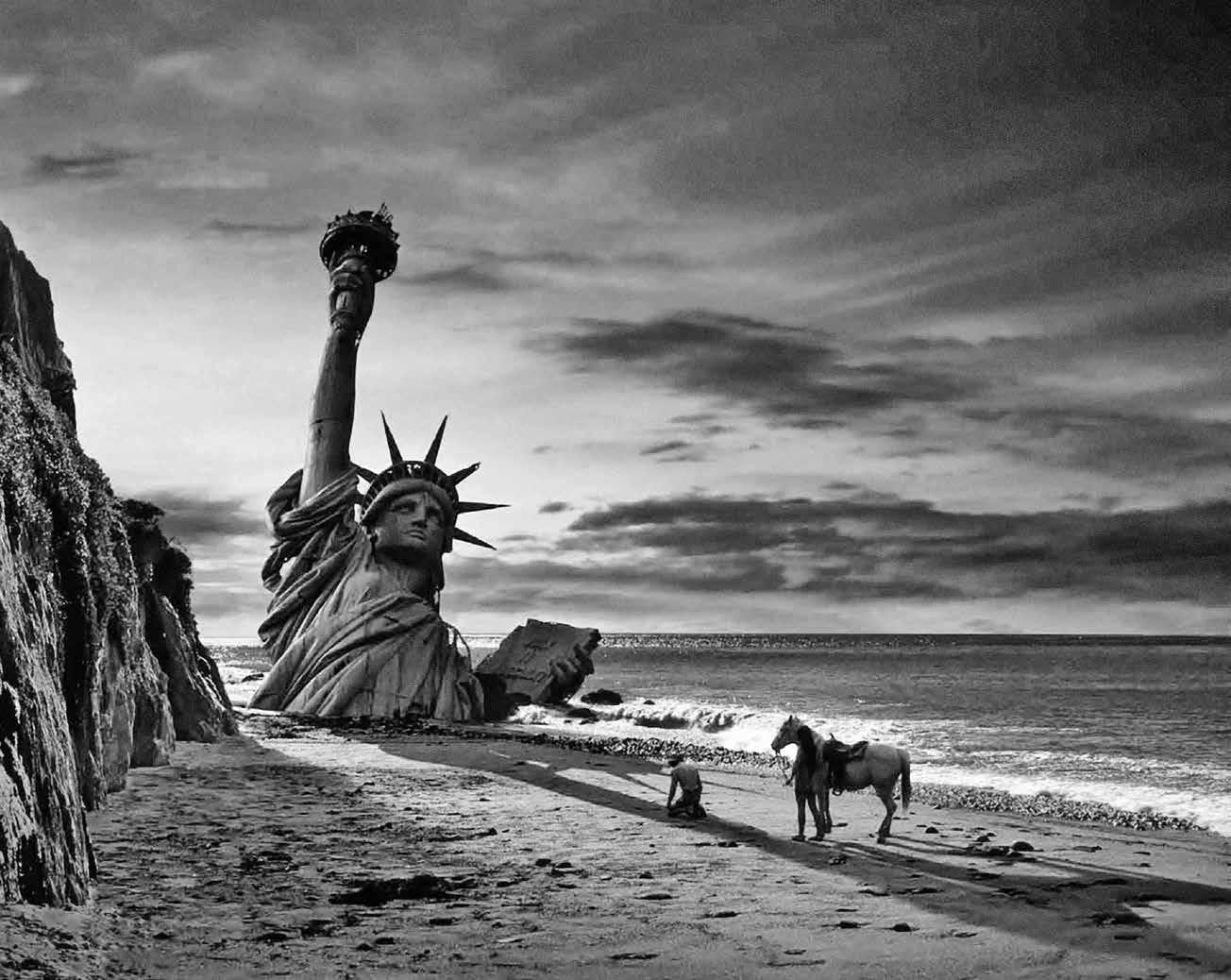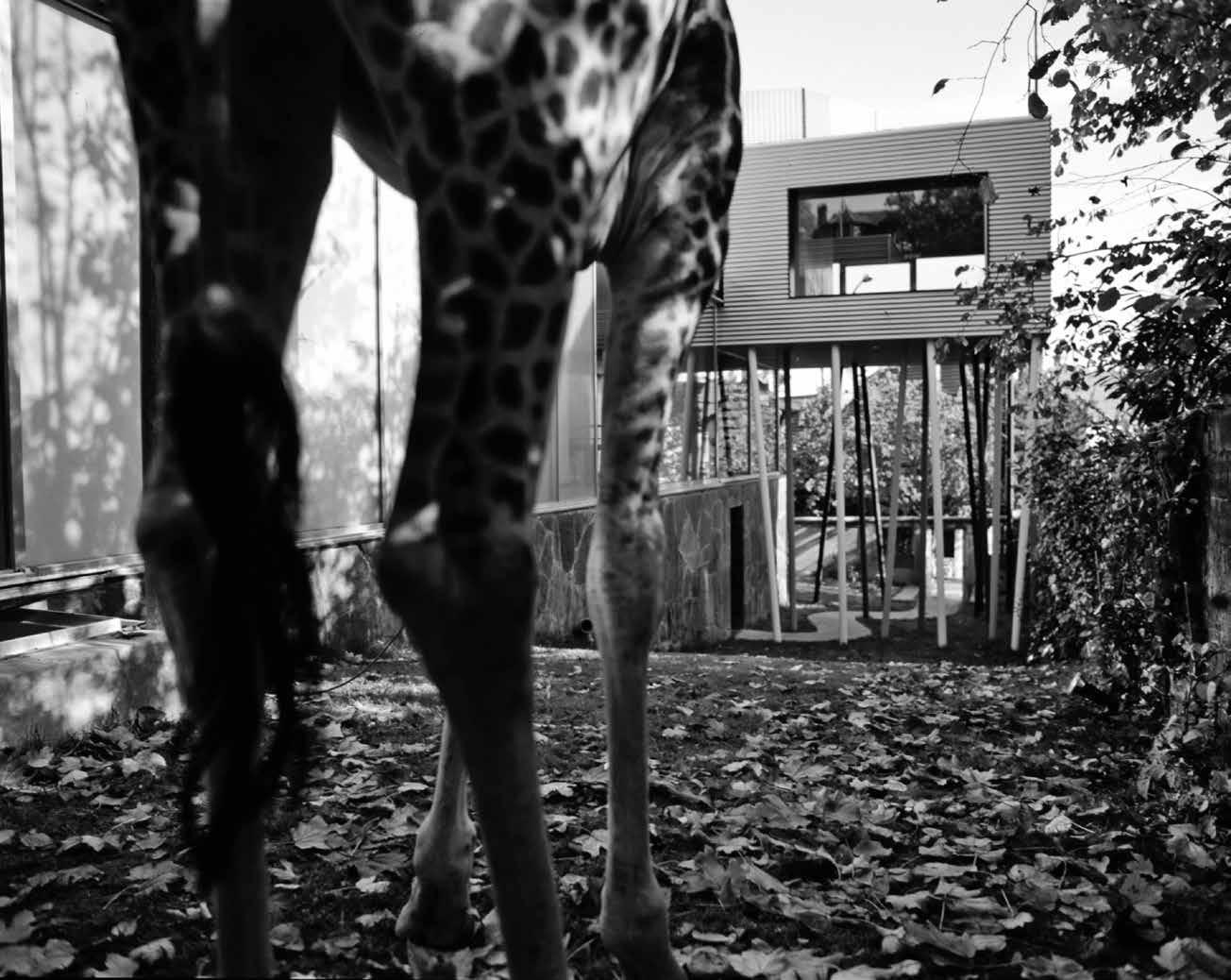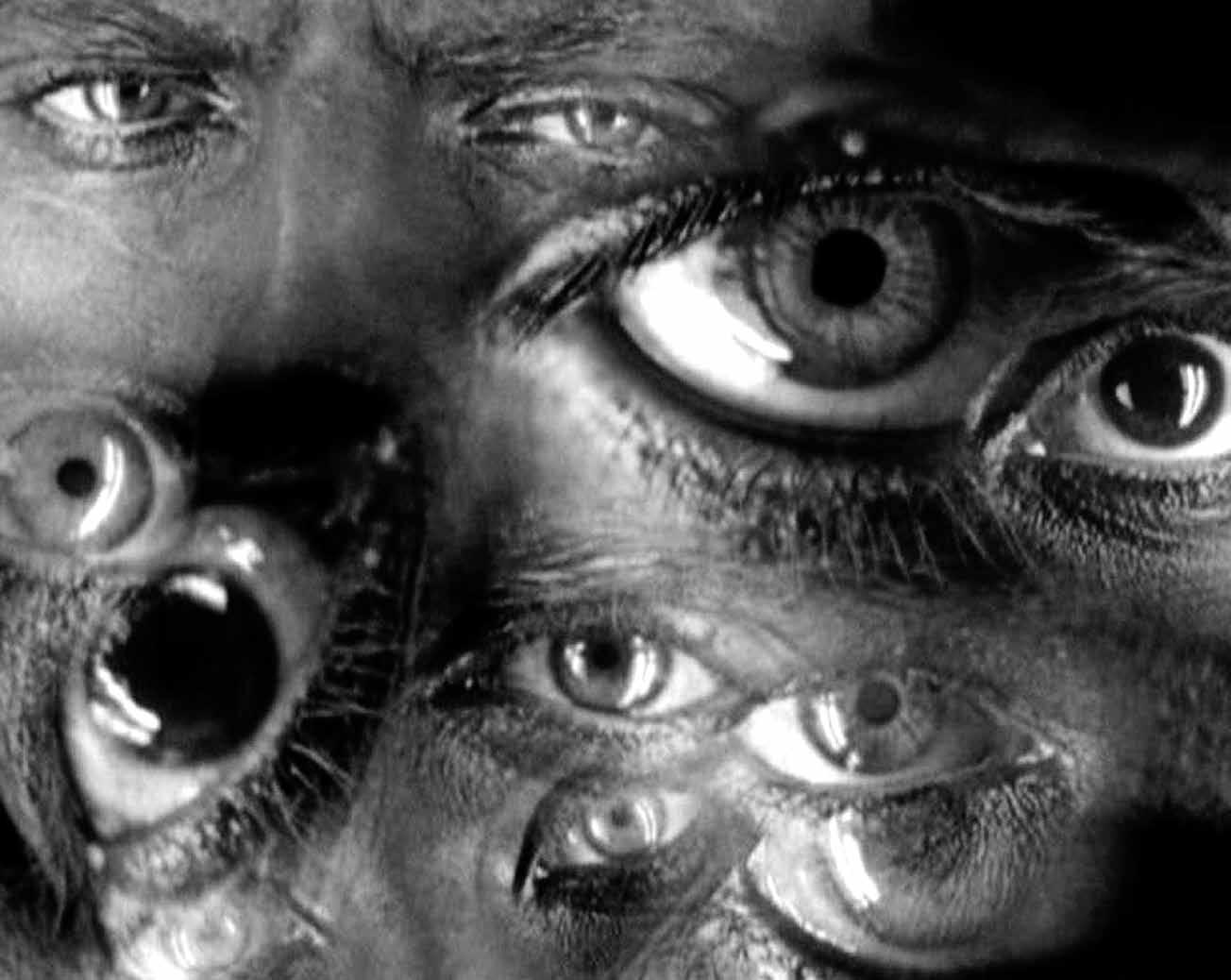around. The pick-up sticks at the entrance, the twisting stairs in the hall, the translucent apron around the kitchen, the pipework spilling like entrails over the shower wall, the oculus at the foot of the swimming pool – her presence seems suddenly to bring out all the strangeness, the irony of the place. Belle de jour, belle de nuit. The tour pauses in the Bs’ bedroom, in front of the striped ply that covers a partition wall: ‘There wasn’t much money left over for the interior. Which gave us the chance to experiment’, the young architect explains, his cheeks ablaze. She sketches a dreamy smile.
Like in a theatre foyer during the intermission, the guests have spread out between the buffet in the garden and the glow of the living room. The conversation rambles. ‘You know’, she says out of the blue, through the smoke of her nth cigarette, ‘Marcello would have liked to have been an architect’. More than her face or her celebrated blondeness, it is her voice – her delivery, a little rushed and monotone – that calls up a flood of images: so many characters, so many stories. Her every utterance colours the air with memories that make the evening and its setting even more unreal.
At nightfall, we all gather near the swimming pool for the party’s final spectacle. For some reason – the distance from Paris, perhaps, or the breeze that has risen to the west, or a technical malfunction – we do not hear the explosion of fireworks that erupts from the Champ de Mars. Above the city plunged into darkness, the Eiffel Tower ignites noiselessly, as in a silent film.
THE VILLA OF MYSTERIES
If the interest of a building derives from its capacity to surprise – to make you more confused the more you look at it, to play on your expectations only to overturn what you thought you already knew – then the Villa dall’Ava must be one of the most intriguing examples of late-twentieth-century architecture. Each of us can picture its capsized volumes, its eccentric claddings and its aerial swimming pool, pointed like a dart at the Eiffel Tower. But despite the fame of its designer, whose every act or gesture, however slight, has been systematically dissected for decades, the villa itself remains somewhat
pool, Villa dall’Ava
Rooftop
OMA, axonometric silhouette, Villa dall’Ava, 1985
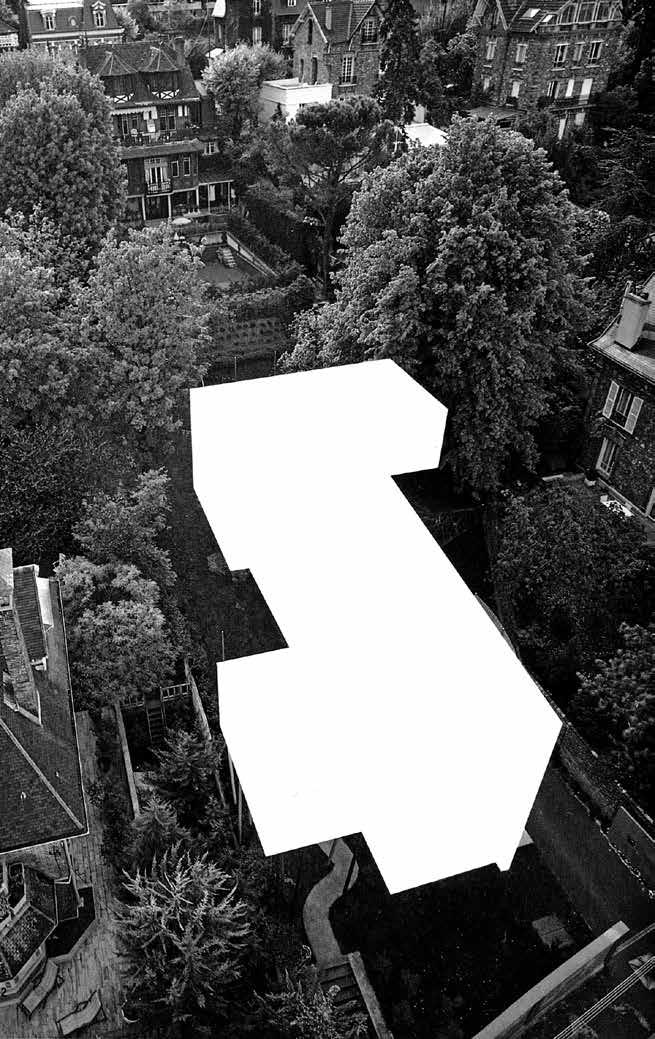
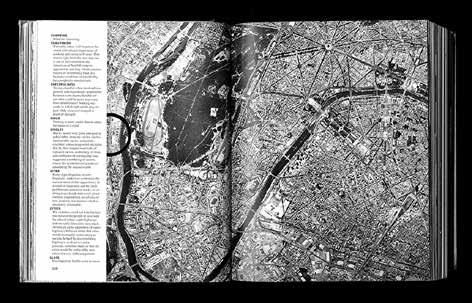
The villa makes its entrance on the following spread, this time pictured from a bird’s-eye view. Yet still we do not see it: its volume has been cut out and assimilated into a white surface that simultaneously delineates and obliterates it. Koolhaas seems purposely to delay its unveiling, to make us wait for – and thus desire – the moment of its inauguration. Is the intention to relate its silhouette to the constraints imposed by planning regulations and the shape of the plot (two arguments he invariably invokes to explain its special appearance)? This seems unlikely, as the image in no way explains the villa’s context and even serves to accentuate the contrast with its surroundings. Flattened under this inverse poché, white on black, as if cloaked in tarpaulin – in short, hidden by the thing that designates it – the villa floats like a spectre among the other houses. And its appearance is postponed still further. For facing this abstract and vaguely baleful form, Koolhaas places the third canonical element of any monograph,
Opening Villa dall’Ava spread from S,M,L,XL, 1995
Jerzy Skolimowski, Deep End, 1970
Pilotis, Villa Savoye, 1931
Pilotis, Villa dall’Ava, 1991
Villa dall’Ava bathers, 1991
The Aqua-Zanies performing at the Astoria Pool, New York, 1940
John Guillermin, King Kong,
1976
Let’s go back to S,M,L,XL, which opens with facsimiles of the beginning and end of Delirious New York, as a kind of summary of the prehistory of the author’s thinking and career. The presence of ‘The Story of the Pool’ among the reproduced pages places the Villa dall’Ava, with its pool, in a direct line of descent from the earlier book. In this inaugural work, Koolhaas presents himself as the champion of the ‘metropolitan condition’, which he postulates was the unconscious invention of American capitalism, appearing first in early twentieth-century Manhattan. He sets out to decipher and retroactively formulate the theory that
Franklin J Schaffner, Planet of the Apes, 1968
Lucian Freud, The Painter’s Room, 1944
Fritz Lang, Metropolis, 1927


